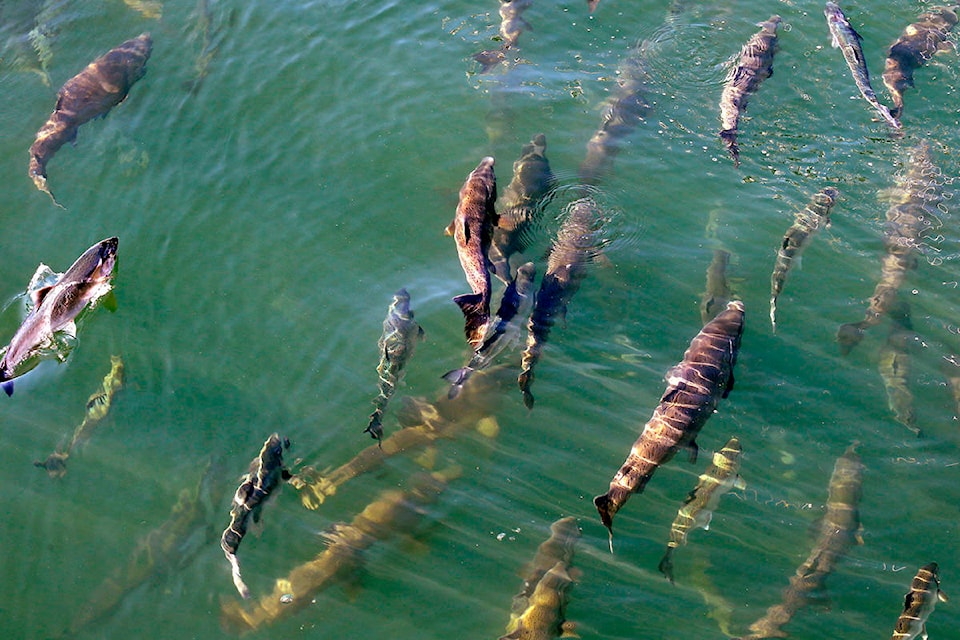The blob is back — but this time, it looks a little more like a wedge.
Scientists are keeping a close eye on a thin blanket of warm water off the West Coast for about three months, saying it resembles a marine heat wave nicknamed “the blob” that disrupted marine life between 2014 and 2016.
“If it is the same, then it’s very concerning for marine mammals that depend on fish, for seabirds that depend on fish, but also for ocean productivity,” said Andrew Trites, the director of the marine mammal research unit at the University of British Columbia.
The heat wave — which resembles a wedge, stretching from the south of Vancouver Island to Baja, Calif., and offshore towards Hawaii — has raised temperatures about three to four degrees Celsius higher than the normal longterm average for those parts of the ocean, according to the National Oceanic and Atmospheric Administration (NOAA).
“You put on a sweater, you take off a coat,” Trites said. ”But for a marine life it’s a big deal. In the ocean it’s a big deal.”
NOAA research scientist Nate Mantua noted that this year’s wedge is at this point less severe than the blob of 2014 to 2016, because it’s only been around for a few months.
Three to five years ago, the warm water penetrated to depths of 200 to 300 metres, while right now it’s mostly between 30 and 50 metres, he said.
“It’s a blanket over the ocean and that means it could go away pretty quickly if the winds start blowing in a normal way,” Mantua said. “That usually happens at this time of the year as we transition into fall.”
So far, the warm expanse has been held offshore by cold water welling from the ocean depths, he said.
“A lot of marine life that we interact with and we see is concentrated closer to shore in the most productive waters of the northeast Pacific,” he said. “Because it’s offshore its mostly affecting those less productive waters.”
But in addition to being able to dissipate the wedge, winds also have the power to make the heat wave worse.
“Winds have a direct impact on the way heat is exchanged,” he said.
And Mantua said California may already be seeing some of the effects from the warmer waters: NOAA’s surveys have recently noted higher concentration of anchovies — and the big predators that feed on them — close to shore waters.
There’s also been indications that some fish stocks have changed their distribution, he added.
ALSO READ: Threats, abuse move from online to real world, McKenna now requires security
Hina Alam, The Canadian Press
